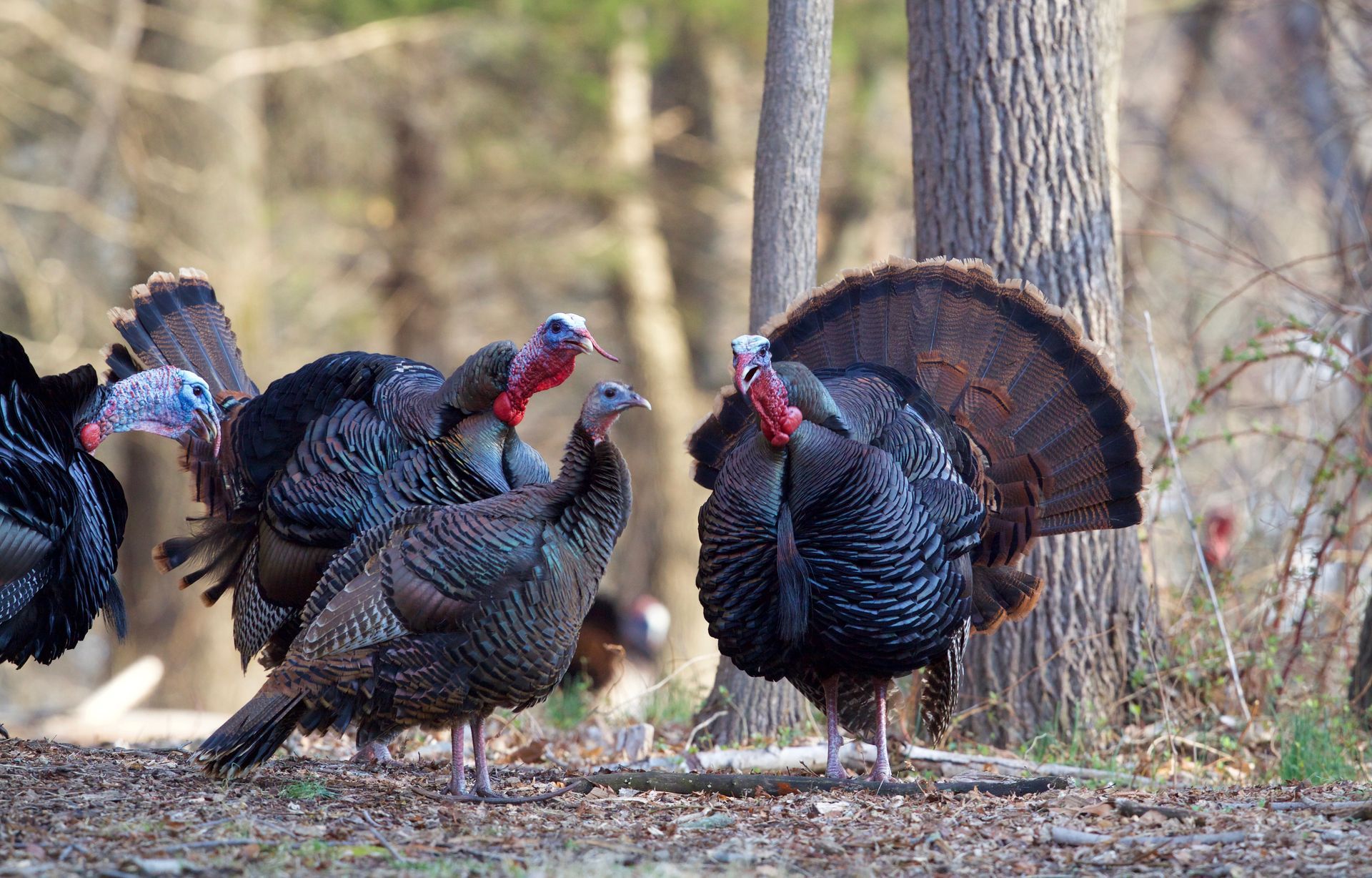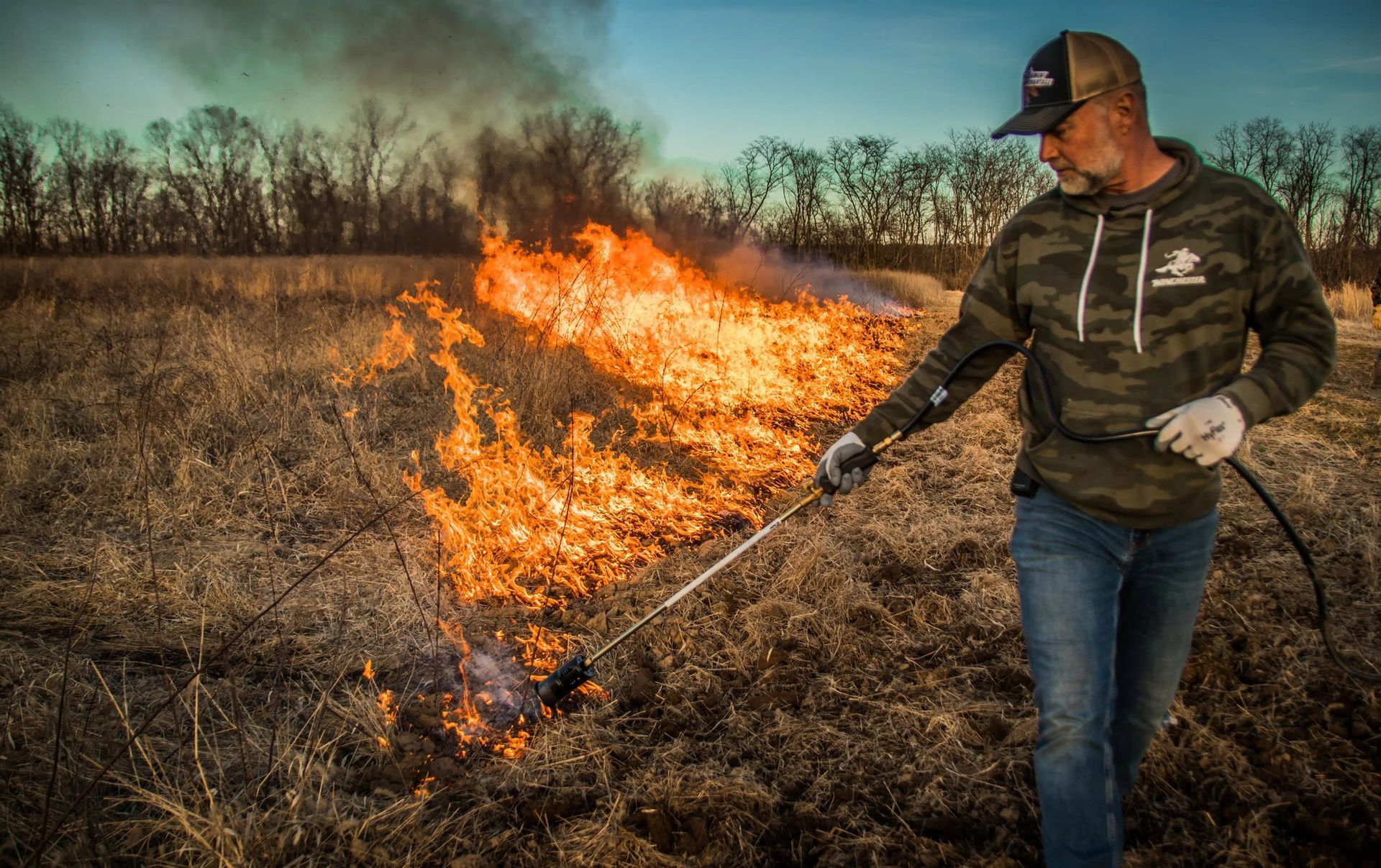Enhancing Wild Turkey Populations: Strategies for Landowners
Enhancing Wild Turkey Populations: Strategies for Landowners

Enhancing Wild Turkey Populations: Strategies for Landowners
Wild turkeys are a treasured sight for hunters and wildlife enthusiasts alike, but in recent years, their populations have been in decline across many areas. Habitat loss, predators, and environmental changes have all played a role in this troubling trend. If you’re a landowner looking to support wild turkey populations, there are actionable steps you can take to make your property a haven for these iconic birds.
Understanding the Needs of Wild Turkeys
Wild turkeys require three key elements to thrive: food, water, and shelter. By addressing these needs, you can create an environment where they can flourish.
- Food Sources:
- Wild turkeys rely on a diverse diet, including seeds, nuts, insects, and green vegetation.
- Planting mast-producing trees like oaks and hickories will provide an excellent long-term food source.
- Supplement natural food sources with food plots containing clover, millet, or chufa, which are favorites among turkeys.
- Water Access:
- Ensure there are accessible water sources on your property, such as natural ponds, streams, or man-made watering stations.
- Adding small, shallow water features can benefit poults (young turkeys) that struggle to access deeper water.
- Shelter and Roosting Areas:
- Turkeys need a mix of habitats: open fields for feeding, dense cover for nesting, and mature trees for roosting.
- Maintain brushy areas with native grasses and shrubs to provide cover for nesting hens and poults.
- Avoid clearing large stands of mature trees, as turkeys roost in them for protection from predators.
Predator Control
Predation is one of the leading causes of turkey population declines. Eggs and poults are particularly vulnerable to predators like raccoons, opossums, skunks, and coyotes.
- Trapping and Removal: Use legal and ethical trapping methods to manage predator populations on your land.
- Habitat Management: Limit predator access by keeping underbrush cleared near nesting areas.
Seasonal Considerations for Habitat Management
- Spring: Focus on providing open areas with fresh vegetation for hens and poults.
- Summer: Maintain a mix of grassy fields and edge habitats for foraging.
- Fall and Winter: Ensure ample mast crops (acorns, hickory nuts) and consider supplementing with food plots to help turkeys through the colder months.
Work with Conservation Partners
Organizations like the National Wild Turkey Federation (NWTF) can provide resources and guidance tailored to your region. These groups often offer seed programs, workshops, and habitat improvement grants.
Monitor and Adjust
Keep an eye on turkey activity on your land. Trail cameras and personal observation can help you gauge the effectiveness of your efforts and make adjustments as needed.
Conclusion
Enhancing wild turkey populations on your property is not only rewarding but also vital for supporting local ecosystems. With thoughtful planning and habitat management, your land can become a thriving refuge for wild turkeys and other wildlife.



